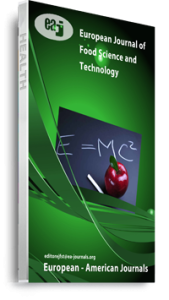This study evaluated the addition of 15% native Brazilian fruit pulps (red araçá, butiá, guabiroba, and uvaia) to fresh ricottas to enhance their functional and nutritional properties. Five formulations were analyzed for physicochemical characteristics, bioactive compounds, color, texture, and mineral composition. Fruit addition lowered pH and water activity without altering moisture. Ricottas with araçá and guabiroba exhibited the highest phenolic content, and all fruit-enriched samples demonstrated greater antioxidant activity than the control, particularly those containing guabiroba. Carotenoid profiles were expanded, with increases in β-carotene and the presence of α-carotene, β-cryptoxanthin, and λ-carotene. The mineral content was also enhanced: araçá contributed more potassium, guabiroba contributed more magnesium, and butiá contributed more sodium. Calcium, phosphorus, and zinc levels remained unchanged, and no toxic metals were detected. Color shifted toward reddish-yellow tones, and texture became softer and more fragile in fruit-containing samples. Overall, incorporating native fruits into ricottas adds nutritional and functional value, supporting innovation in dairy products.
Keywords: bioactive compounds, dairy products, fresh cheese, functional food

